“Thor Heyerdahl (October 6, 1914, Larvik, Norway – April 18, 2002, Colla Micheri, Italy) was a Norwegian ethnographer and adventurer with a background in zoology and geography. He became notable for his Kon-Tiki expedition, in which he sailed 8,000 km (4,300 miles) by raft from South America to the Tuamotu Islands. All his expeditions are shown in the Kon-Tiki Museum, Oslo.
In the Kon-Tiki Expedition, Heyerdahl and five fellow adventurers went to Peru, where they constructed a pae-pae raft from balsa wood and other native materials, a raft that they called the Kon-Tiki. The Kon-Tiki expedition was inspired by old reports and drawings made by the Spanish Conquistadors of Inca rafts, and by native legends and archaeological evidence suggesting contact between South America and Polynesia. After a 101 day, 4,300 mile (8,000 km) journey across the Pacific Ocean, Kon-Tiki smashed into the reef at Raroia in the Tuamotu Islands on August 7, 1947.
Kon-Tiki demonstrated that it was possible for a primitive raft to sail the Pacific with relative ease and safety, especially to the west (with the wind). The raft proved to be highly maneuverable, and fish congregated between the nine balsa logs in such numbers that ancient sailors could have possibly relied on fish for hydration in the absence of other sources of fresh water. Inspired by Kon-Tiki, other rafts have repeated the voyage. Heyerdahl's book about the expedition, Kon-Tiki, has been translated into over 67 languages. The documentary film of the expedition, itself entitled Kon-Tiki, won an Academy Award in 1951.
Anthropologists continue to believe, based on linguistic, physical, and genetic evidence, that Polynesia was settled from west to east, migration having begun from the Asian mainland. There are controversial indications, though, of some sort of South American/Polynesian contact, most notably in the fact that the South American sweet potato served as a dietary staple throughout much of Polynesia. Heyerdahl attempted to counter the linguistic argument with the analogy that, guessing the origin of African-Americans, he would prefer to believe that they came from Africa, judging from their skin colour, and not from England, judging from their speech.
In 1969 and 1970, Heyerdahl built two boats from papyrus and attempted to cross the Atlantic Ocean from Morocco in Africa. Based on drawings and models from ancient Egypt, the first boat, named Ra, was constructed by boat builders from Lake Chad using papyrus reed obtained from Lake Tana in Ethiopia and launched into the Atlantic Ocean from the coast of Morocco. After a number of weeks, Ra took on water after its crew made modifications to the vessel that caused it to sag and break apart. The ship was abandoned and the following year, another similar vessel, Ra II, was built of totora by boatmen from Lake Titicaca in Bolivia and likewise set sail across the Atlantic from Morocco, this time with great success. The boat reached Barbados, thus demonstrating that mariners could have dealt with trans-Atlantic voyages by sailing with the Canary Current.
A book, The Ra Expeditions, and a film documentary Ra (1972) were made about the voyages. Apart from the primary aspects of the expedition, Heyerdahl deliberately selected a crew representing a great diversity in race, nationality, religion and political viewpoint in order to demonstrate that at least on their own little floating island, people could cooperate and live peacefully”. – Wikipedia
In the Kon-Tiki Expedition, Heyerdahl and five fellow adventurers went to Peru, where they constructed a pae-pae raft from balsa wood and other native materials, a raft that they called the Kon-Tiki. The Kon-Tiki expedition was inspired by old reports and drawings made by the Spanish Conquistadors of Inca rafts, and by native legends and archaeological evidence suggesting contact between South America and Polynesia. After a 101 day, 4,300 mile (8,000 km) journey across the Pacific Ocean, Kon-Tiki smashed into the reef at Raroia in the Tuamotu Islands on August 7, 1947.
Kon-Tiki demonstrated that it was possible for a primitive raft to sail the Pacific with relative ease and safety, especially to the west (with the wind). The raft proved to be highly maneuverable, and fish congregated between the nine balsa logs in such numbers that ancient sailors could have possibly relied on fish for hydration in the absence of other sources of fresh water. Inspired by Kon-Tiki, other rafts have repeated the voyage. Heyerdahl's book about the expedition, Kon-Tiki, has been translated into over 67 languages. The documentary film of the expedition, itself entitled Kon-Tiki, won an Academy Award in 1951.
Anthropologists continue to believe, based on linguistic, physical, and genetic evidence, that Polynesia was settled from west to east, migration having begun from the Asian mainland. There are controversial indications, though, of some sort of South American/Polynesian contact, most notably in the fact that the South American sweet potato served as a dietary staple throughout much of Polynesia. Heyerdahl attempted to counter the linguistic argument with the analogy that, guessing the origin of African-Americans, he would prefer to believe that they came from Africa, judging from their skin colour, and not from England, judging from their speech.
In 1969 and 1970, Heyerdahl built two boats from papyrus and attempted to cross the Atlantic Ocean from Morocco in Africa. Based on drawings and models from ancient Egypt, the first boat, named Ra, was constructed by boat builders from Lake Chad using papyrus reed obtained from Lake Tana in Ethiopia and launched into the Atlantic Ocean from the coast of Morocco. After a number of weeks, Ra took on water after its crew made modifications to the vessel that caused it to sag and break apart. The ship was abandoned and the following year, another similar vessel, Ra II, was built of totora by boatmen from Lake Titicaca in Bolivia and likewise set sail across the Atlantic from Morocco, this time with great success. The boat reached Barbados, thus demonstrating that mariners could have dealt with trans-Atlantic voyages by sailing with the Canary Current.
A book, The Ra Expeditions, and a film documentary Ra (1972) were made about the voyages. Apart from the primary aspects of the expedition, Heyerdahl deliberately selected a crew representing a great diversity in race, nationality, religion and political viewpoint in order to demonstrate that at least on their own little floating island, people could cooperate and live peacefully”. – Wikipedia
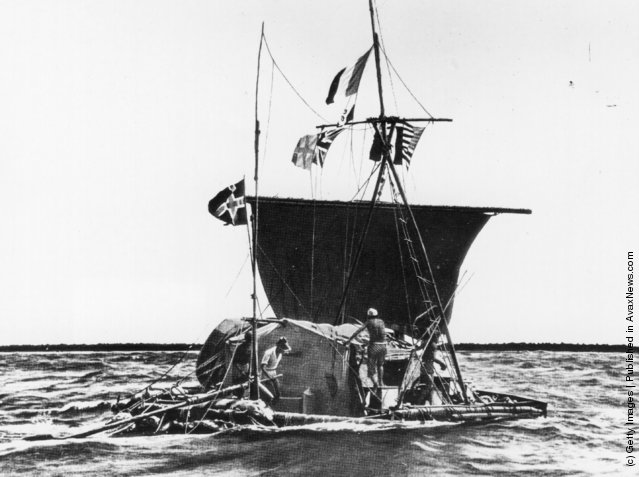
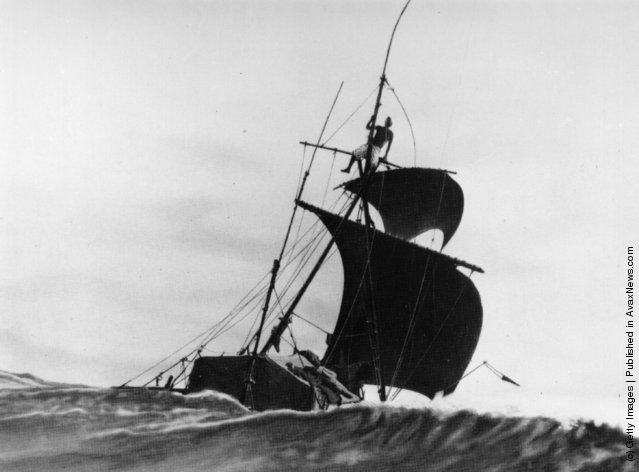
Norwegian ethnologist Thor Heyerdahl and his balsa raft “Kon-Tiki” crossing the Pacific Ocean on his drifting expedition from Peru to Polynesia. (Photo by Keystone/Getty Images). 1947
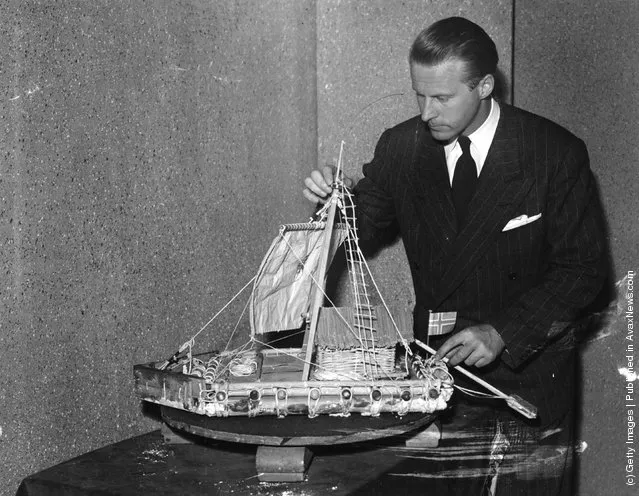
Norwegian anthropologist Thor Heyerdahl with a model of the balsa raft “Kon-Tiki” on which he drifted 4,300 miles from Peru to the Tuamotu Islands, proving his theory that Polynesia could originally have been populated by South Americans. (Photo by Express/Express/Getty Images). 1950
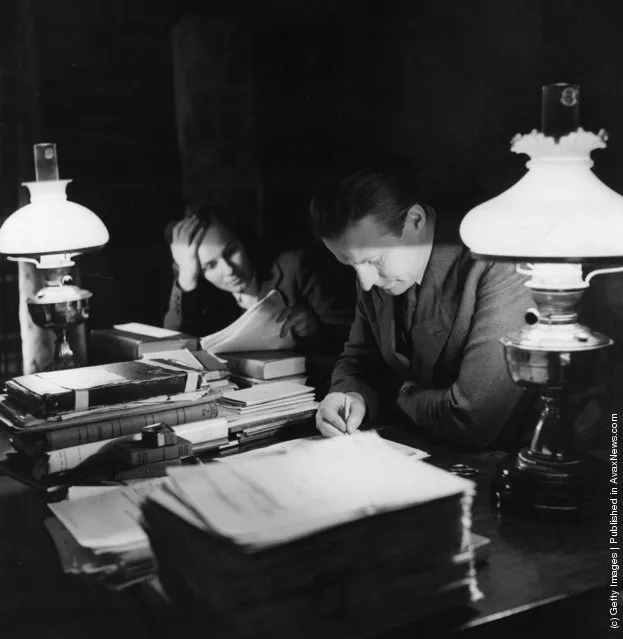
Norwegian writer, explorer and anthropologist, Thor Heyerdahl, with his wife, in their cottage on Dartmoor. (Photo by Hulton Archive/Getty Images). Circa 1952
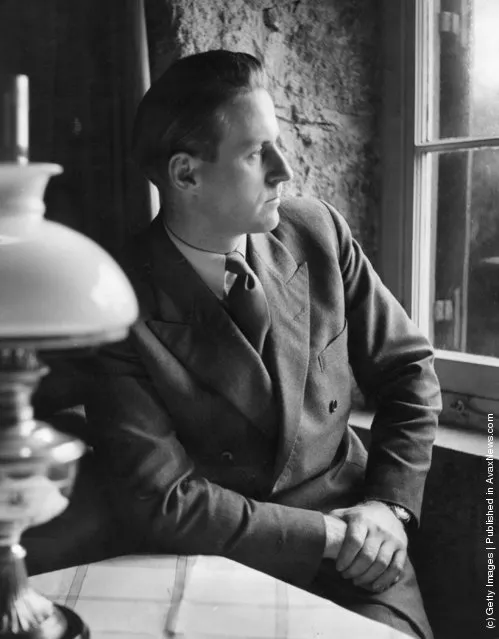

Norwegian explorer, writer and anthropologist Thor Heyerdahl at his cottage on Dartmoor. (Photo by Charles Hewitt/Getty Images). 1952
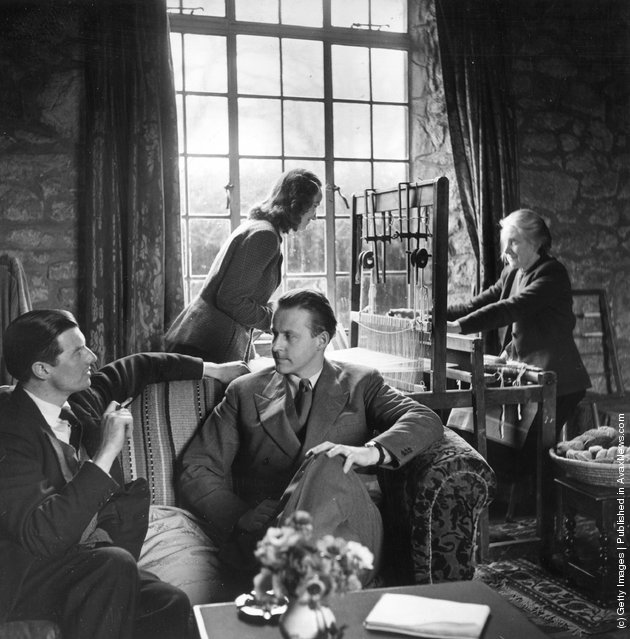
While the Norwegian writer, explorer and anthropologist, Thor Heyerdahl is being interviewed, his wife is seen learning the craft of weaving in the background at their cottage on Dartmoor. (Photo by Charles Hewitt/Picture Post/Getty Images). 14th June 1952
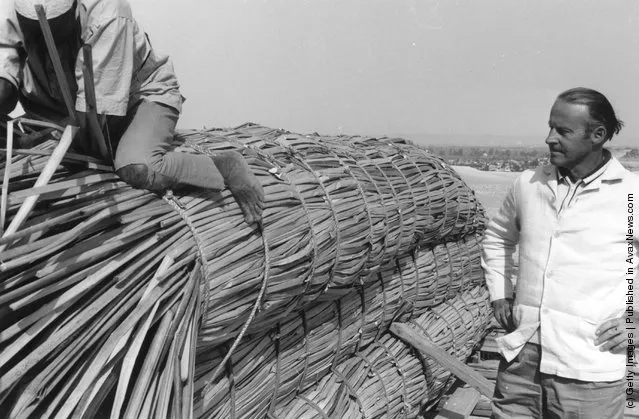
Norwegian anthropologist Thor Heyerdahl watching an African boat-builder at work on a papyrus-reed boat near the Pyramids. Heyerdahl will shortly sail in the boat to test the theory that ancient Mediterranean people could have crossed the Atlantic to Central America before Columbus. (Photo by Picton/Express/Getty Images). 19th March 1969
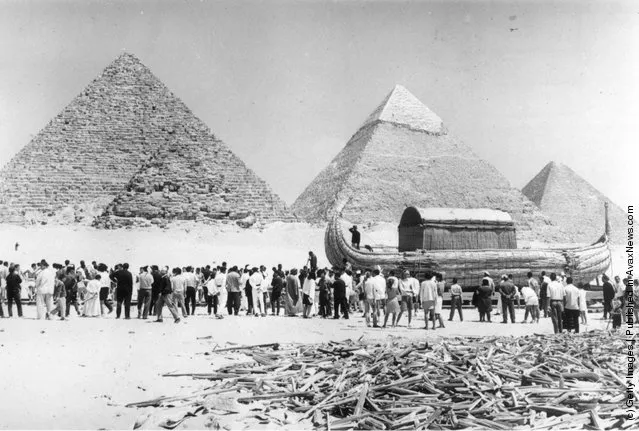
A ceremony at the base of the Myceranus Pyramid in Giza, Egypt, to celebrate the building of the papyrus boat in which Thor Heyerdahl plans to sail across the Atlantic. (Photo by Keystone/Getty Images). 8th May 1969
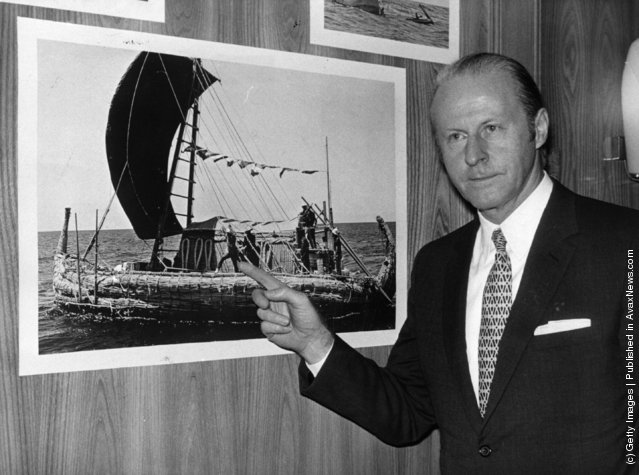
Norwegian anthropologist Thor Heyerdahl pointing to a picture of himself on board the papyrus-reed raft which he used on his “Ra Expeditions” to test the theory that ancient Mediterranean people crossed the Atlantic before Columbus. (Photo by Keystone/Getty Images). 1970

Norwegian anthropologist Thor Heyerdahl in Piccadilly, London. (Photo by Maurice Hibberd/Getty Images). 1979
09 Aug 2011 11:05:00,
post received
0 comments
